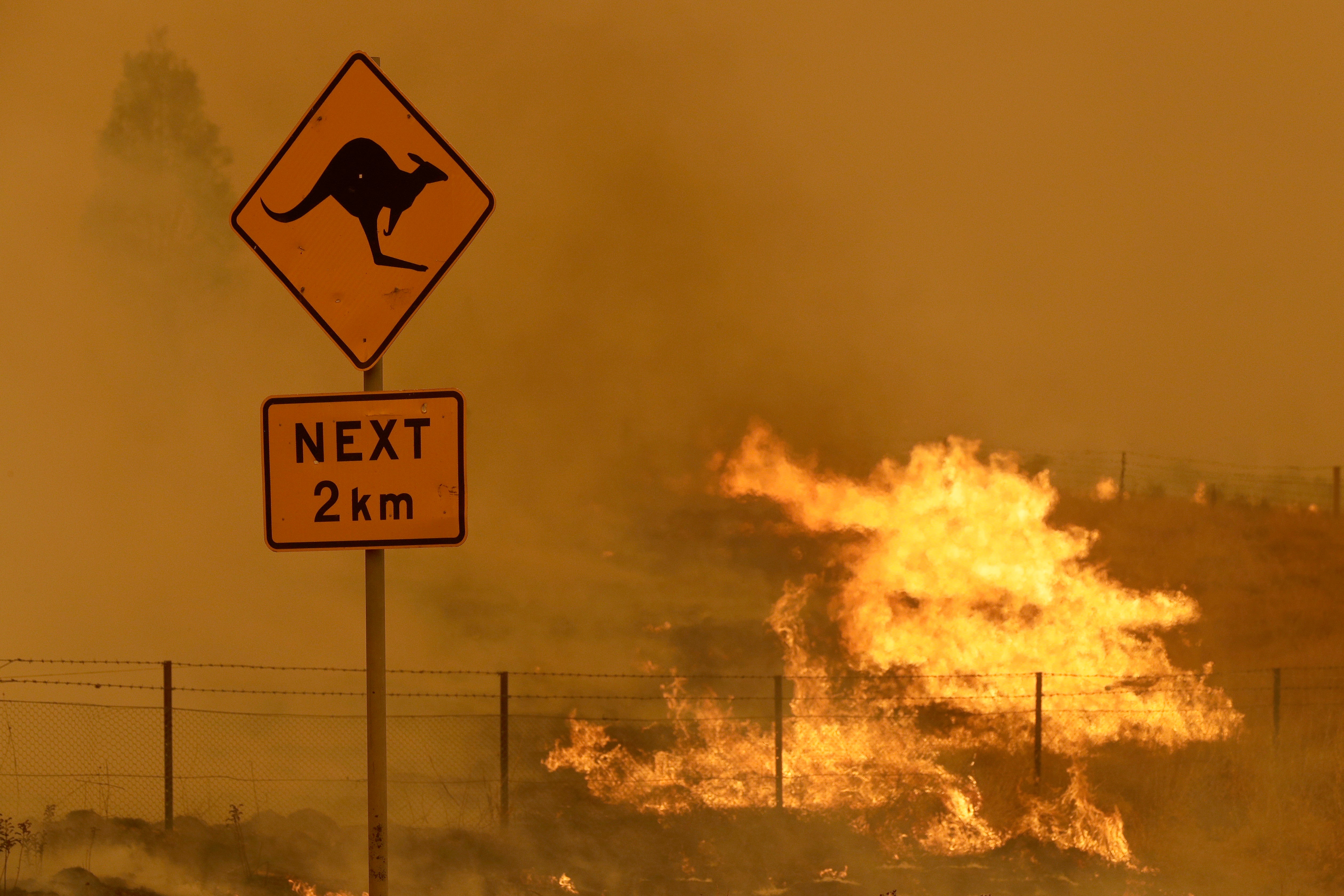Australia sweltered through its 4th-hottest year in 2020
Australia's weather bureau says the nation sweltered through its fourth-hottest year on record last year

Your support helps us to tell the story
From reproductive rights to climate change to Big Tech, The Independent is on the ground when the story is developing. Whether it's investigating the financials of Elon Musk's pro-Trump PAC or producing our latest documentary, 'The A Word', which shines a light on the American women fighting for reproductive rights, we know how important it is to parse out the facts from the messaging.
At such a critical moment in US history, we need reporters on the ground. Your donation allows us to keep sending journalists to speak to both sides of the story.
The Independent is trusted by Americans across the entire political spectrum. And unlike many other quality news outlets, we choose not to lock Americans out of our reporting and analysis with paywalls. We believe quality journalism should be available to everyone, paid for by those who can afford it.
Your support makes all the difference.Australia sweltered through its fourth-hottest year on record last year despite the recent return of the usually cooling La Nina climate pattern, the nation’s weather bureau said on Friday.
The wetter-than-average 2020 followed Australia’s hottest and driest year in 2019 that came to a catastrophic conclusion with wildfires fueled by drought that killed at least 33 people, destroyed more than 3,000 homes and razed 19 million hectares (47 million acres).
Globally, 2020 is likely to be recognized as the world’s third-hottest on record once climate data for December is calculated, Bureau of Meteorology head of climate operations Andrew Watkins said.
La Nina, the cooler flipside of the better known El Nino, was declared in the Pacific Ocean in September. La Nina occurs when equatorial trade winds become stronger, changing ocean surface currents and drawing up cooler deep water.
Waikins said the La Nina cycle usually sets in between March and May, but the weather pattern did not impact Australia’s temperatures until October.
“You could say that the fourth-warmest year on record is our warmest La Nina year,” Watkins said.
“But this year started very hot and dry and ended more like La Nina. So it’s arguable whether you’d say it was really influenced for enough of the year to expect it to be cooler,” he added.
The hottest temperature in Australia for 2020 was 48.9 degrees Celsius (120 degrees Fahrenheit) recorded at the height of the wildfire emergency at Penrith in New South Wales state on Jan. 4. It was the hottest temperature ever recorded in the Sydney area.
Australia’s other hottest years were 2013 and 2005.
Australia’s daily temperature was 1.15 degrees Celsius (2.07 degrees Fahrenheit) above average last year and rainfall was 4% above average despite a parched start to the year.